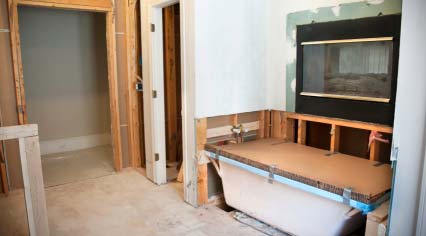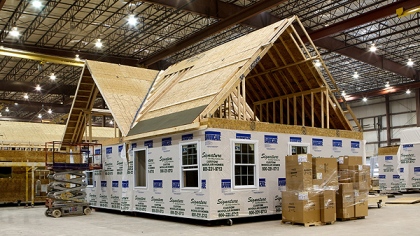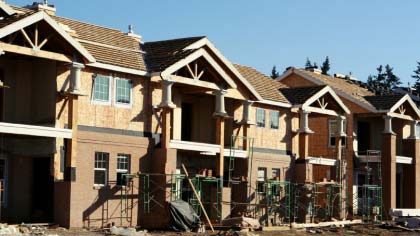Common Misconceptions Regarding How Construction Loans Work
How Construction Loans Work
Many people erroneously believe common misperceptions about construction loans. These are a set of misbeliefs that have been passed about for countless years, even though their message is simply wrong. Let's take a look at some of the more common misconceptions regarding construction loans:
#1 - You need to own the land prior to being approved for a construction loan!
This just might be the great news you have been waiting for. Construction Loans are often written (and approved!) before homebuyers actually own a piece of land. These two separate parts - the cost of the land, or an existing structure, and the cost of the construction of the home are included when calculating the total cost of the final product.
Remember: If you already own a property to build upon, that's great, but it is not a requirement when looking to secure construction financing.
#2 - A bigger home costs more per square foot than a smaller home!
The costs per square foot actually decrease in direct relation to the home's size. The reality is that construction costs are contingent upon many different factors, one of which is the square footage of the home. The following factors also influence the costs of construction:
- The architectural complexity of the project
- The size of the project- The kitchen design's complexity of design
- The number of bathrooms
- The number of 'corners' in the project
- The Site costs
- The Permits
- The Impact fees, among others.
Be proactive and ask about receiving a complete and comprehensive estimate for your project from your builder, who by the way is one of the better sources for innovative alternative designs that may fit your budget more easily.
#3 - Don't be foolish enough to believe that your lender's approval means that the bank will take care of you no matter what happens.
This is a scenario that plays out quite often:
When a borrower is approved for construction financing, they often neglect to consider, without malice of course, that the construction financing had limits attached. So when they begin to design and create their home, they get caught up in the frenzied process and simply overspend - exceeding the construction loan's maximum limit. Sometimes borrowers exceed lending limits by several hundred thousand dollars!
If the buyers, in the end, had allowed their spending to exceed the construction financing limits, their lender would then be unable to finance their construction loan, because their revised costs did not meet the loan's underwriting guidelines.
#4 - A wild spending spree will not matter after you have been approved for a construction loan.
Once you have received the construction loan approval, don't misperceive this approval as a green light to dash off on a mad spending spree. Additional spending, during this time, equates to an increase in debt, which, ultimately, means an increase to the borrower's debt-to-income ratios. If your initial qualifying ratios were close to the bank's maximum underwriting guidelines, your recent spending spree may actually push your qualifying ratios beyond the lender's loan limits. This is a dangerous financial maneuver.
#5 - Once you are approved, there is no need for preparing or maintaining a contingency plan.
Those wishing to build their own home should be cognizant of the fact that there will always be additional, unplanned expenses. These undefined expenses must be planned before construction actually begins. Borrowers must possess the insight to know how they will cover these unanticipated expenses during the construction phase.
These expenses often include issues that arise unexpectedly - like finding a huge rock while excavating. Think about it: what would happen to the cost of construction should you find an enormous rock (bigger than a trailer), a few feet below the top dirt? A situation such as this would require dynamite to solve the problem. As a result, this unexpected expense would amount to an additional $15,000.
But, in the end, construction cost changes must be paid for, so set aside some extra money, either digitally or right beneath your mattress. Construction Loan Contracts allow for contingency provisions that facilitate the resolution of this issue as it arises.
Be smart; read the fine print so you know exactly what is contractually expected of you during this time.







